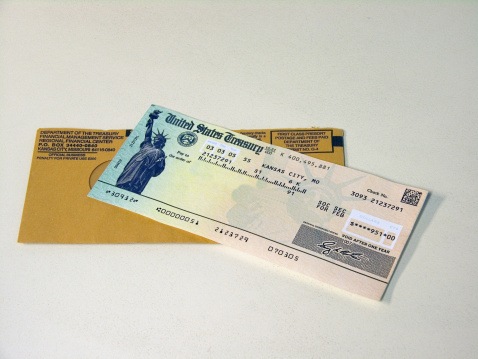
If you have created an estimated monthly budget for your new household after a divorce, know that it will likely change down the road. You may discover after a few months that your spending estimates were unrealistic in some areas while other areas of spending were surprising or unexpected. Here are some tips for projecting your expenses realistically into the future.
Plan for car purchases.
Even if you don’t have a car payment now, you’ll need to replace your car at some point. Consider including a figure in your projected expenses for “car savings.” If you usually keep a car for eight to 10 years and think you’ll spend about $25,000 on a new vehicle, save $260 a month to buy a newer car for cash when the time comes. This means no new car payment, but you’ll have a new vehicle! If you purchase cars more often, factor in the sale or trade-in of your existing car when determining how much to save.
Keep up with car maintenance.
The older the car you have, the more money you should set aside for unexpected repairs as well as maintenance. Maintenance could include oil changes, replacing tires, fixing brakes, tune-ups and other recommended inspections. Regular maintenance will help your car last longer too.
Escrow for home repairs.
A good rule of thumb for home maintenance costs is to escrow 1 to 2 percent of the value of your home each year. A home valued at $300,000, for example, could have annual maintenance costs of $3,000 to $6,000. Costs will be on the higher end for older homes or maintenance you will hire out.
Maintenance could include:
- Replacing the roof, siding or windows
- Caring for lawn and garden, landscaping, drainage
- Fixing and replacing appliances
- Repairs to plumbing or electrical
- Cleaning and replacing carpets
- Painting
- Pool maintenance
- Small maintenance for light bulbs, furnace filters, etc.
You might not need the full annual budget for maintenance every year, but you may need more than the budget in other years.
Start a holiday savings account.
December gift giving, let alone birthday and anniversary gifting, are often missed when budgeting. Consider the gifts you give, the decorating costs and entertaining you host as part of a holiday savings account. This is one area that, once budgeted, people often decide to scale down in future years. However, if it’s a priority for you, you’ll have cash to enjoy it instead of worries about the bills later!
Vacations should be planned with cash.
If you routinely take one family vacation a year or take trips to visit friends and family, add these expenses to your monthly budget and put away cash to cover costs that include airfare, car rentals, lodging, meals, touring and shopping.
Don’t forget to budget for “big box” spending.
People often create a projected budget for groceries or school shopping expenses, but an easier way to budget is to create a “big box” category to cover shopping at stores like Wal-Mart, Target, Costco or other department/membership stores. If you find yourself shopping at these stores at least twice a month, budget for the trips and bring cash.
These are just a few of the ways you can project your future expenses and plan ahead. Other categories to consider include: health care, debt payments, charitable giving, and entertainment. Adjust your amounts as you start to see a pattern month to month, and you’ll have a clearer picture of your cash flow forecast!
 A large component of a divorce is dividing the assets that you and your spouse accumulated during your marriage. Now that the divorce decree is completed, it is essential to start retitling assets as soon as possible. Retitling of assets confers control by defining ownership and restricting access.
A good way to begin this process is to create a personal net worth statement that lists all of your assets and liabilities, per the divorce decree. This statement will serve as the master checklist in your retitling process. Every asset has its own retitling requirements, but essential to the process are the following documents:
A large component of a divorce is dividing the assets that you and your spouse accumulated during your marriage. Now that the divorce decree is completed, it is essential to start retitling assets as soon as possible. Retitling of assets confers control by defining ownership and restricting access.
A good way to begin this process is to create a personal net worth statement that lists all of your assets and liabilities, per the divorce decree. This statement will serve as the master checklist in your retitling process. Every asset has its own retitling requirements, but essential to the process are the following documents:










